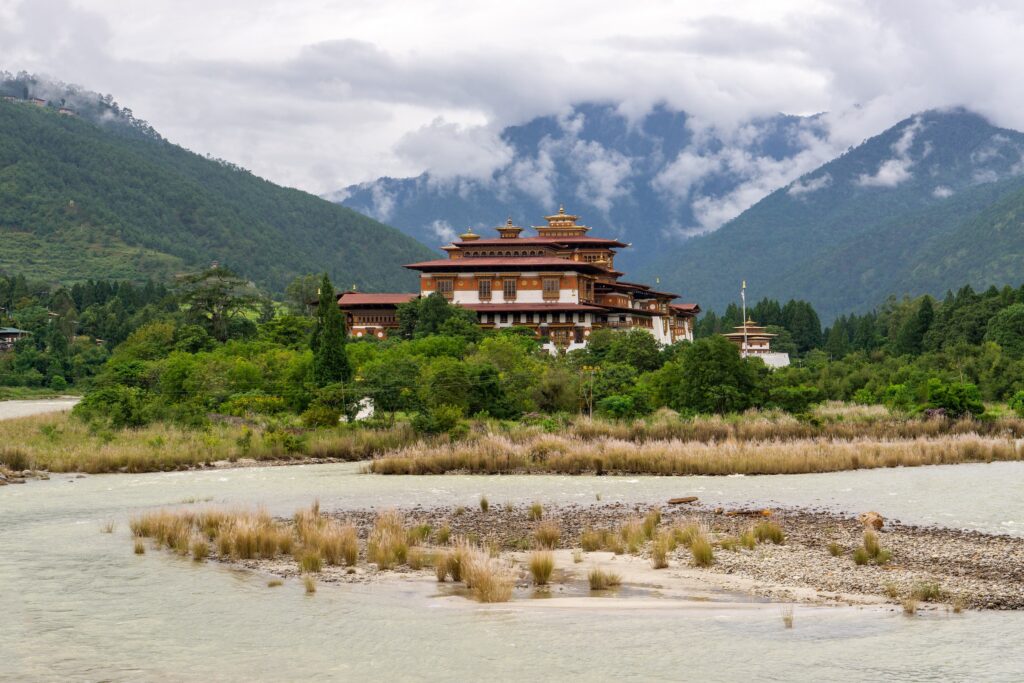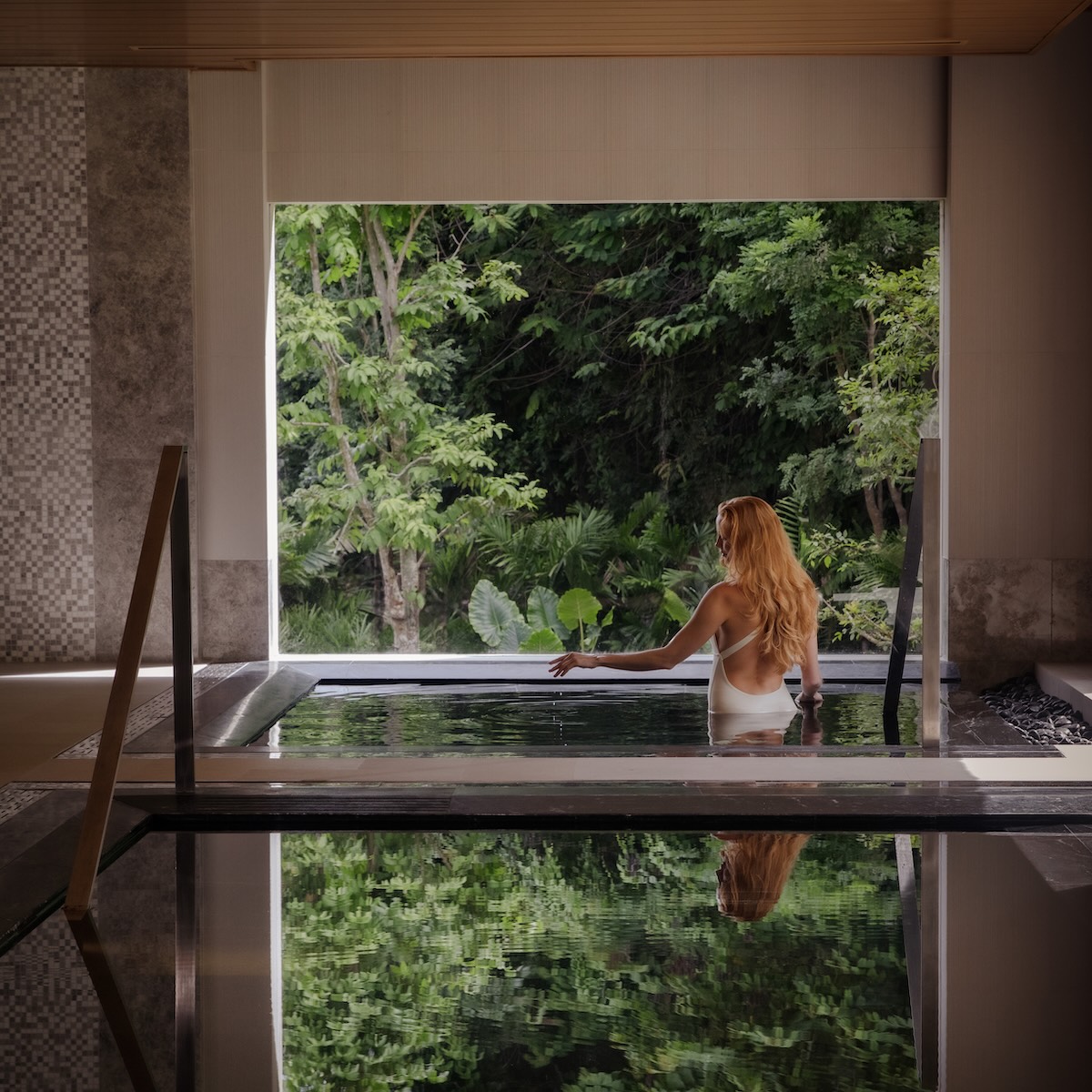After more than two years of closed borders, the Buddhist kingdom of Bhutan finally reopened to international travellers again on 23 September. Alongside new tourism regulations and a bold national rebrand, one of the country’s most influential pieces of cultural heritage is also getting its moment in the limelight after 60 long years in the shadow.
On 28 September, the 403-kilometre Trans Bhutan Trail was officially reopened in a ceremony led by His Royal Highness Prince Jigyel Ugyen Wangchuck and His Excellency Dr Lotay Tshering, the Honourable Prime Minister of Bhutan, at the historic Simtokha Dzong. Dignitaries, monks, project partners, and journalists were invited to witness the momentous occasion, where prayers, the lighting of butter candles, the chime of prayer wheels, and the unravelling of ribbons signalled the return of Bhutan’s most iconic footpath.

With a long history that dates back to at least the sixteenth century, the Trans Bhutan Trail was first forged by monks, pilgrims, and traders, who used the path to travel to sacred sites, between residences, and across the country to sell their wares. It was also the main artery for communication, on which trail runners—garps—delivered messages between fortresses. For centuries, it served as the only way to traverse the land, but the well-trodden path fell into disuse in the 1960s when Bhutan’s first national highways were built.
Over the course of the country’s pandemic lockdown, volunteers—known as desuups, meaning “guardians of peace”—and travel industry leaders banded together with support from the Bhutan Canada Foundation, the Tourism Council of Bhutan, and His Majesty King Jigme Khesar Namgyel Wangchuck to restore the Trans Bhutan Trail to its former glory. Now, for the first time in six decades, a younger generation of Bhutanese people can follow the trail and walk in the footsteps of their ancestors.
From Haa in the east to Trashigang in the west, the restored trail passes through nine dzongkhags (districts), four dzongs (fortresses), more than two dozen gewogs (traditional villages), and more than 20 temples; it guides walkers across 15 bridges and 100-plus spiritual structures, all through the lush natural beauty of the wild Bhutanese mountainside.

Of the monuments along the way, the picturesque Punakha Dzong, which sits at the confluence of Bhutan’s “mother and father” rivers Mo Chhu and Po Chhu, is one of the most well-known, alongside a plethora of other significant pilgrimage destinations.
With the reopening of the Trans Bhutan Trail, the “Land of the Thunder Dragon” hopes to find its rightful place in the annals of the greatest cross-country destinations in the world. International travellers who wish to experience this ancient path—whether on foot or by bike—are encouraged to plan their journey directly with the not-for-profit social organisation Trans Bhutan Trail, as all the profits from its guided itineraries support the maintenance of the trail and give back to the local communities.
All images courtesy of Jen Paolini.









